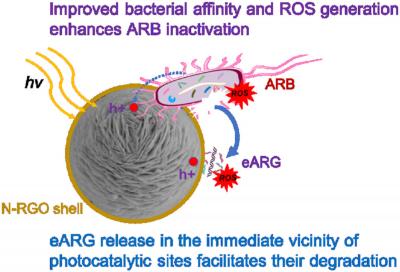Zen Graphene Solutions moves forward with applying its virucidal graphene ink in PPE applications
 ZEN Graphene Solutions has announced it has commenced collaborations with research teams at a number of personal protective equipment (PPE) manufacturers to incorporate ZEN’s virucidal graphene ink into commercial products, including masks, gloves, gowns and other clothing following Zen’s promising results for an antiviral, graphene-based ink formulation from The University of Western Ontario’s ImPaKT Facility, biosafety Level 3 lab.
ZEN Graphene Solutions has announced it has commenced collaborations with research teams at a number of personal protective equipment (PPE) manufacturers to incorporate ZEN’s virucidal graphene ink into commercial products, including masks, gloves, gowns and other clothing following Zen’s promising results for an antiviral, graphene-based ink formulation from The University of Western Ontario’s ImPaKT Facility, biosafety Level 3 lab.
The company continues to optimize its proprietary formulation for dosage and delivery mechanism for highest antiviral impact. The next phase of testing is currently underway at the ImPaKT Facility and includes a preferred mask fabric coated in ZEN’s virucidal ink exposed to and tested against the COVID-19 virus.






